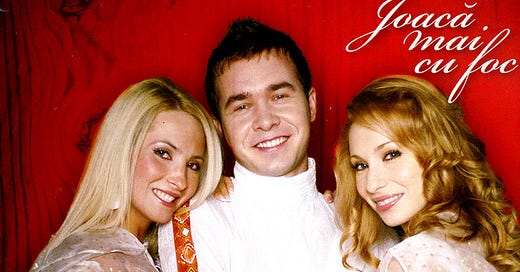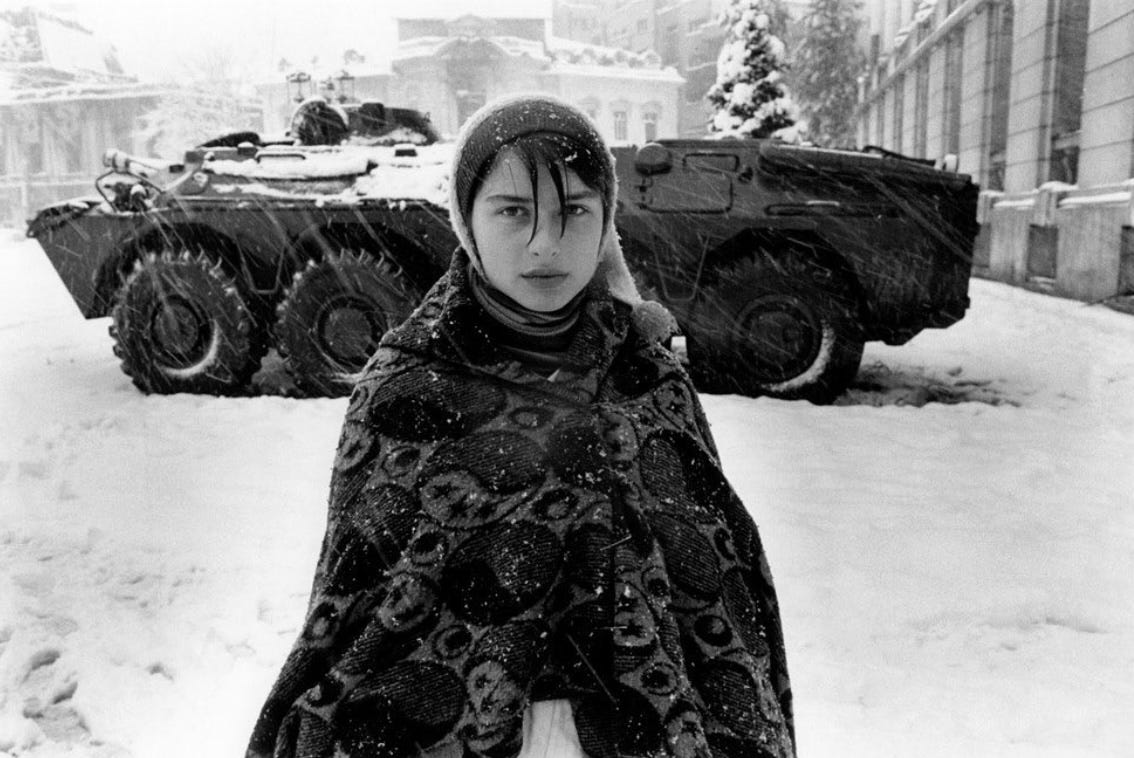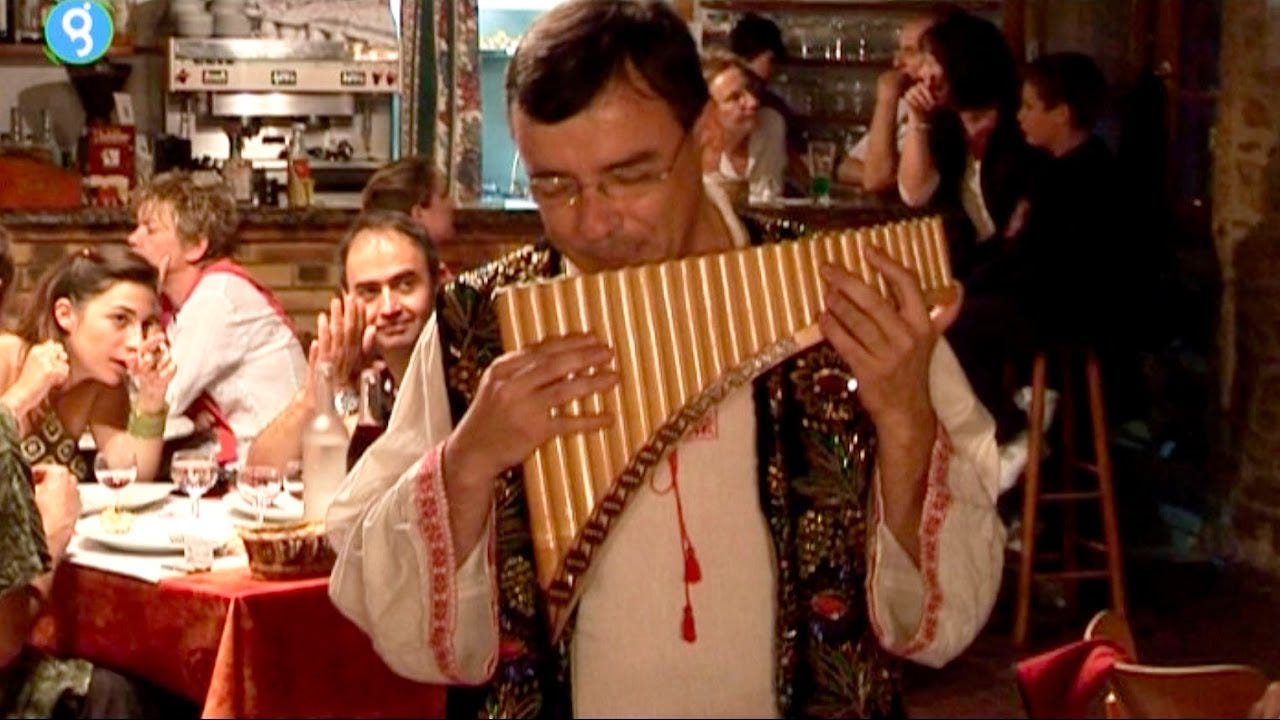EVERY GENRE PROJECT - November 1 - Romanian Etno
Genre of the Day - Romanian Etno 🇷🇴
Album of the Day - Joacă mai cu foc by Etno (2007)
Recently, an organization that I’m lightly involved in at my college—which I’m surprised hasn’t received an official mention yet in this column—organized a Week of Action calling attention to the organization Reaching Out Romania, which works with victims of human trafficking and sexual exploitation. This happens each semester with a different NGO, and whoever organizes the week caps it with a fund-raising party. Given that it was almost Halloweekend last week, they went with Hotel Transylvania as the theme. This has returned to my mind again tonight with today’s genre and given that (unrelated to said party) reprised my vampire costume for what I believe to be my retiring night of Halloweekend this year. What are the ethics of raising funds for a Romanian NGO with a vampire-themed party? Do Romanians even care, given that vampiric allegations are silly at best?
I mean these rhetorical questions in jest, but today’s genre offers us an alternative way to learn a little more about Romanian history beyond the Transylvanian, vampiric associations that pervade this time of year. Etno music harkens back to olden days, in that familiar vein of nostalgia that thematically constitutes many eastern European music like starogradska muzika. Rather than solely gazing back at the past with rose-colored lenses, though, it acts as a musical gap-filler, carving out a space in between the present musical zeitgeist and traditional sounds that carry the weight of history and identity to create something duly culturally salient.
A shot from New Year’s in Bucharest, 1990, by Marianne Grandahl.
Etno music often employs the stars of Romanian folk instrumentation—as in, anything that can go toe-to-toe with brash, Eurodance synth work favored by producers by the 1990s as the genre emerged. These can include the range of styles of vioră across the country's regions, the cobză lute, or the rare but beloved nai pipes. The ‘90s were a key time in Romania socially in terms of grappling with identity. After the collapse of the Soviet bloc, the country was faced with the tall order of renegotiating identity after having ousted the dictator Nicolae Ceaușescu and following the failure of its previous alignments and face towards western Europe once again—a sort of cultural introspection had to take ground first. The musical manifestation of these factors is best observed in etno music, drawing joy from both sides of the chronological joy in its emphasis on traditional styles and deft incorporations of dance-pop.
The channel Etno TV acted as etno music’s MTV in its promotions of folk music, yet today’s band got to lay claim to the name etno for reasons even Google can not elucidate. Traditional pipes flutter through the beginning of “Dulce amintire” (“Sweet memory”) before launching into barn-blazing EDM. The trio of singers pour heaps of melisma onto the loungey “Mândră floare trandafir” (“Proud rose flower”), paying homage to elaborate vocal traditions. Twisting, pirouetting strings and jaw harp compliment the punchy electro of “Tot aşa mă bate gândul” (“That’s what I’m thinking”), a surreal yet natural combination that encases these centuries-old traditions in glossy lacquer. “Hai române hai,” which translates to “Come on, Romanians, come on” is abuzz with hope for a country, so long as the path is guided by reverence for a vibrant past that renders an aligned, more prosperous future—what better than dance-pop and gorgeous instruments to accomplish that through music?
If you liked this genre, also read: Rominimal, Starogradska muzika






